Olive Oil 101
About Our Olive Oils
Arbequina
This Spanish varietal is perfect oil for everyday use in the kitchen. With its fresh, grassy front and peppery finish, this versatile oil is great from sautéed vegetables to garden pesto.
Polyphenol – 390 Mg/ Kg
Koroneiki
A Greek varietal that is high in polyphenols making it also super food friendly. This medium intensity oil has hints of green banana and floral notes. A peppery finish to top it off and you have oil with unparalleled flavor for rich dishes, as well as being perfect for vinaigrette’s and marinades.
Polyphenol – 660 Mg/ Kg
Extra Virgin Olive Oil Cooking Tips
The health benefits associated with olive oil make it a welcome and attractive ingredient to cook with. Packed with polyphenols, healthy monosaturated fats, and amino acids, olive oil is an integral part of a balanced diet which also adds flavor and depth to food that is cooked with it. Below are a few tips that will help you incorporate olive oil into a variety of dishes. But remember, all these olive oil cooking tips refer to extra virgin olive oil—there’s simply nothing better, in our opinion!
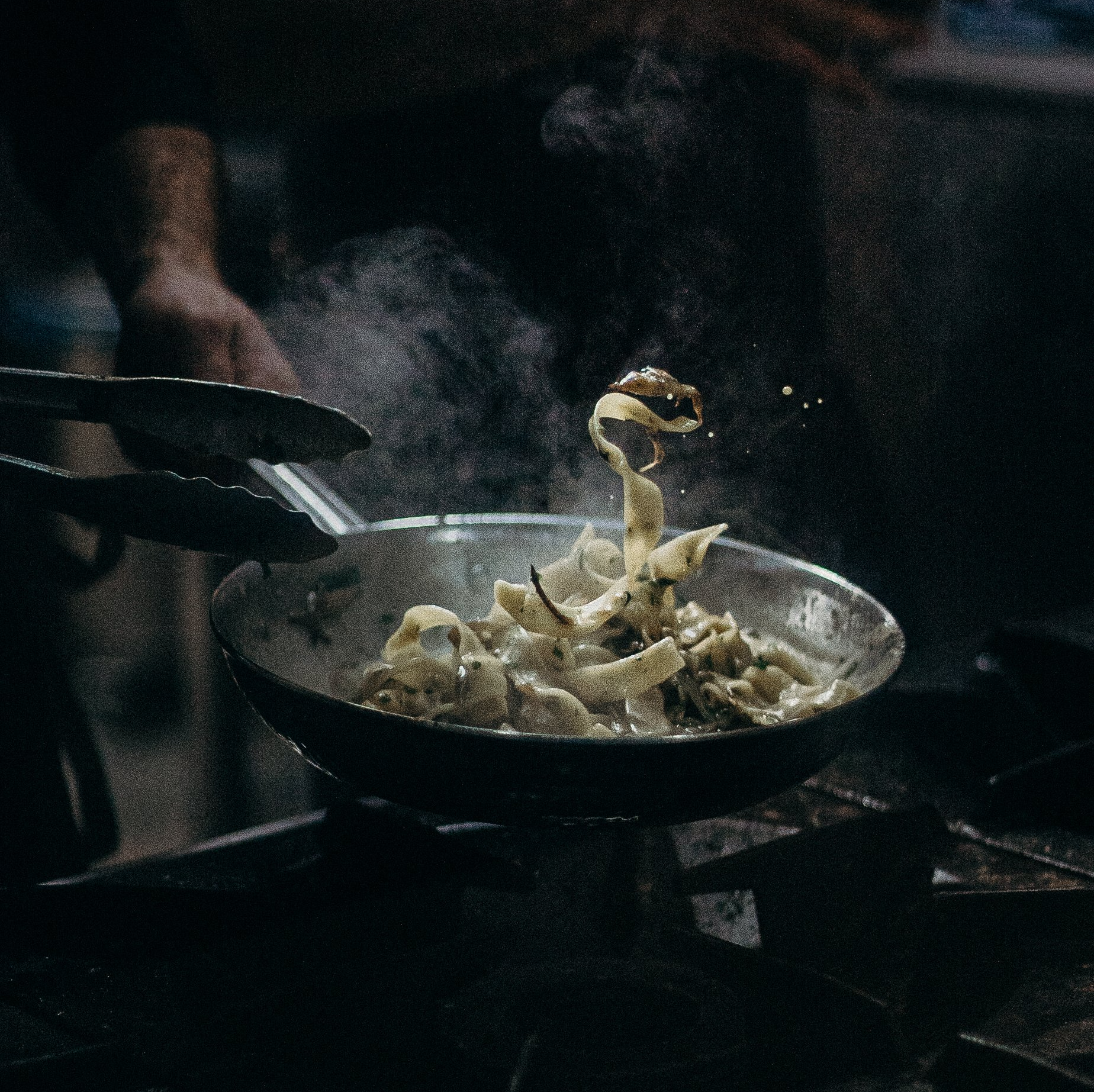
Frying
If there’s only one olive oil cooking tip you leave with today, let it be this one. While many believe you cannot fry with olive oil, this couldn’t be further from the truth! So long as you keep the oil below a smoke level, you can rest assured that you are not drastically changing the chemical composition of your olive oil—its high polyphenol content and oleic acid levels make it a very stable compound.
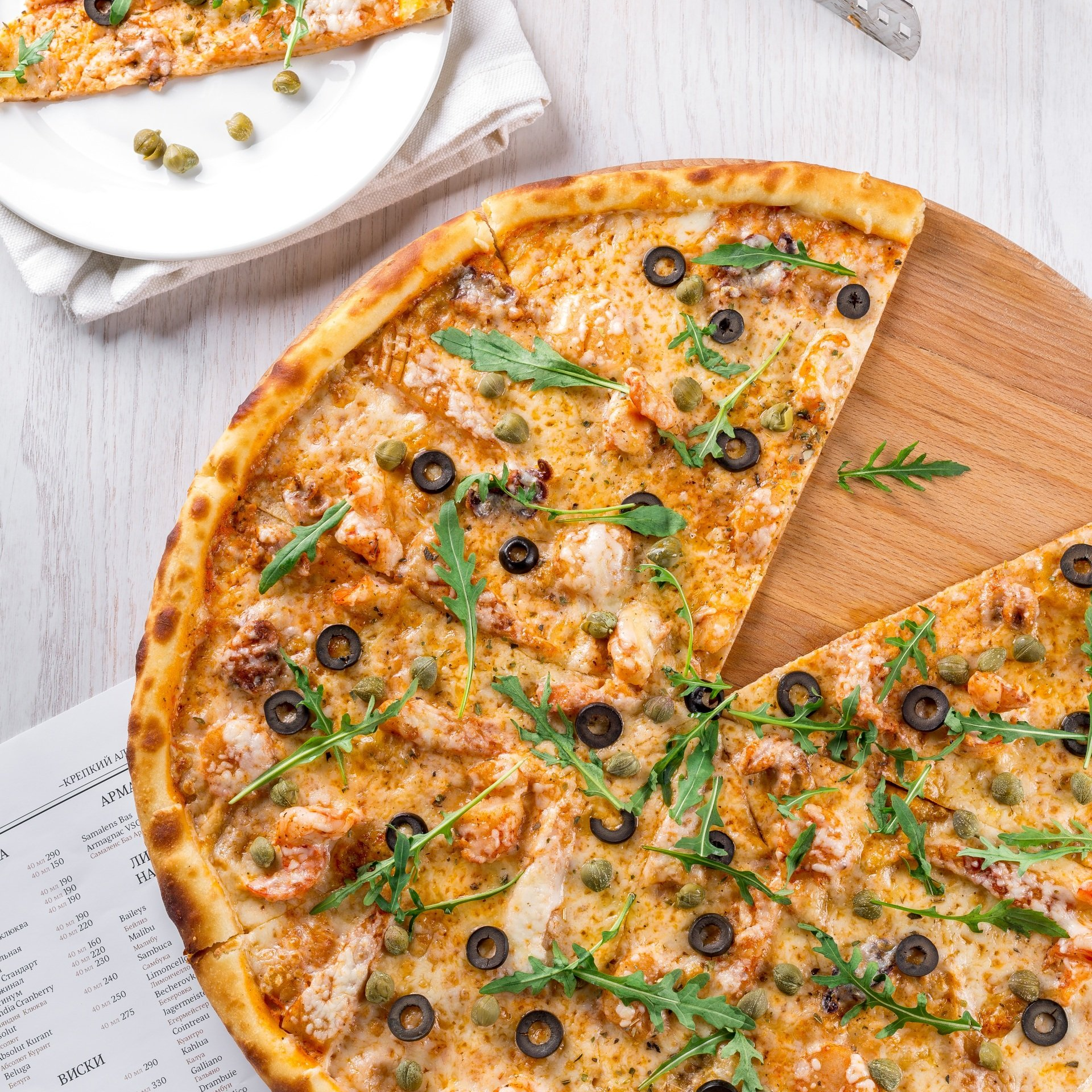
Baking
Anytime a recipe calls for butter or margarine, a delicious healthy alternative is to just use olive oil!

Grilling
EVOO can help boost the flavor of grilled foods and also mitigate some of the harmful carcinogens that accompany grilled foods due to their high antioxidant levels.

Soups
Garnishing soups, including chowders, stews, or bisques, with olive oil helps intensify the flavor dramatically.
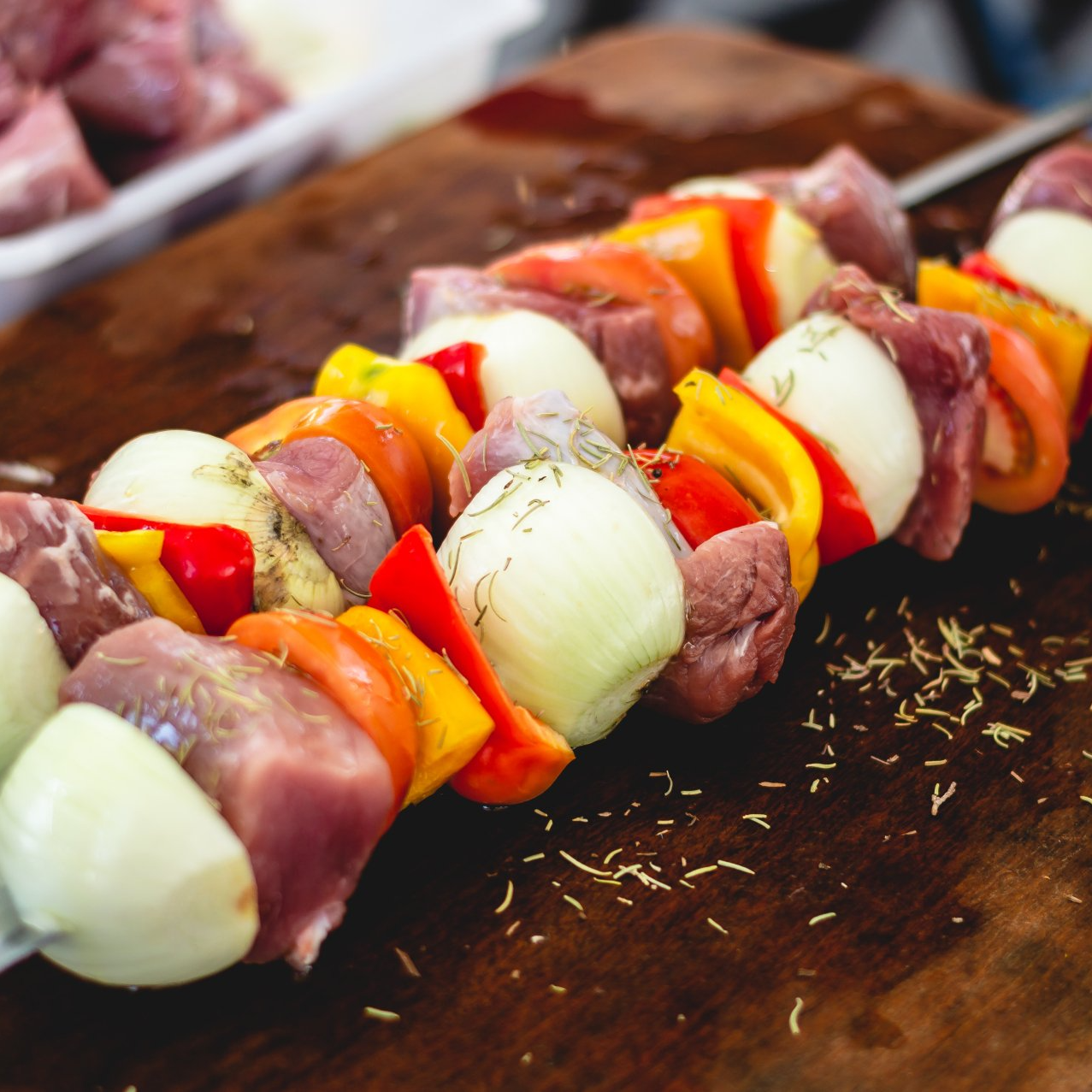
Meat
Thanks to its peppery qualities, it greatly complements several types of meats. This helps lock in and enhance a meat’s flavor!
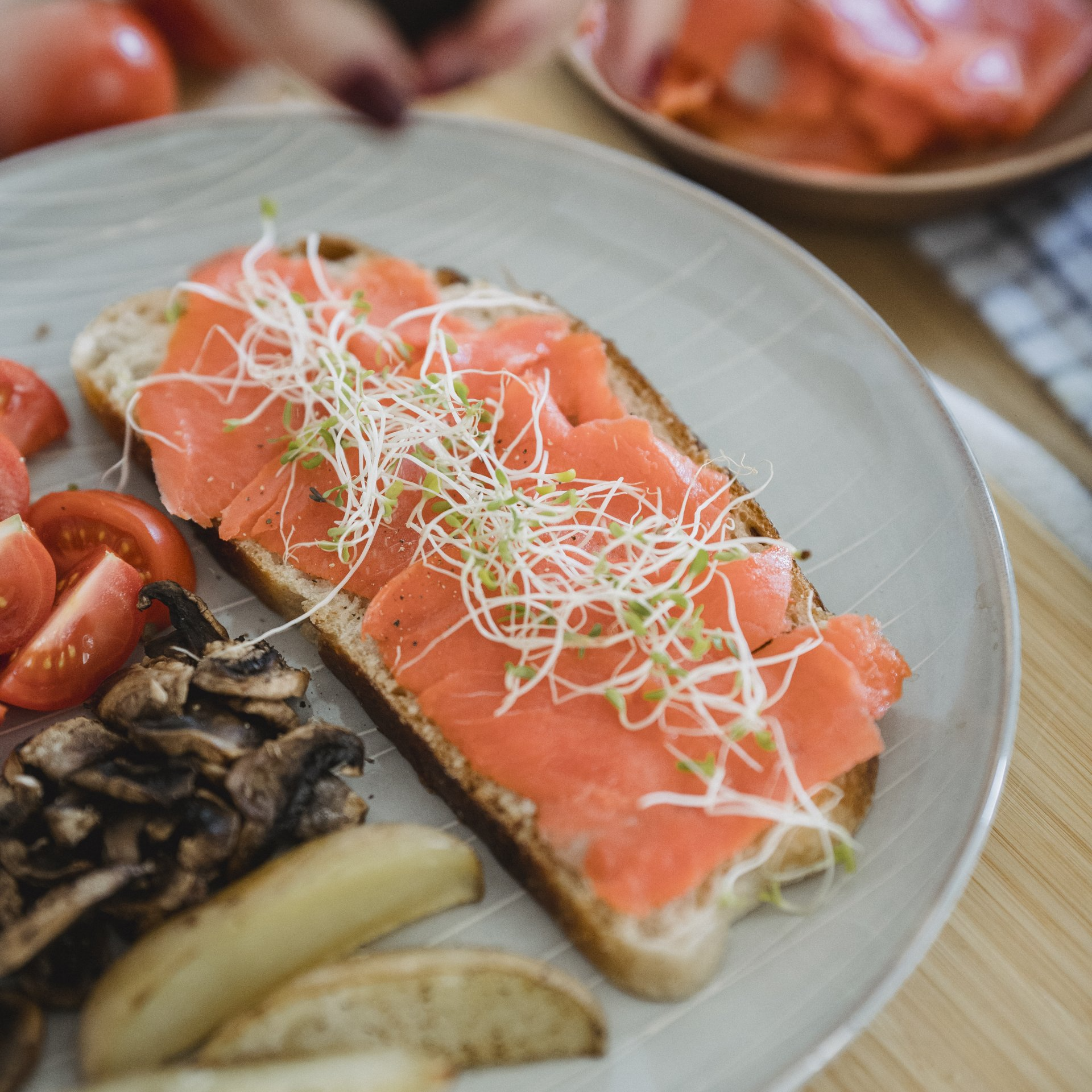
Fish
EVOO and fish are staples of the Mediterranean diet. While many varieties work well with fish, we find that a more delicate oil such as Arbosana EVOO pairs better with fish.
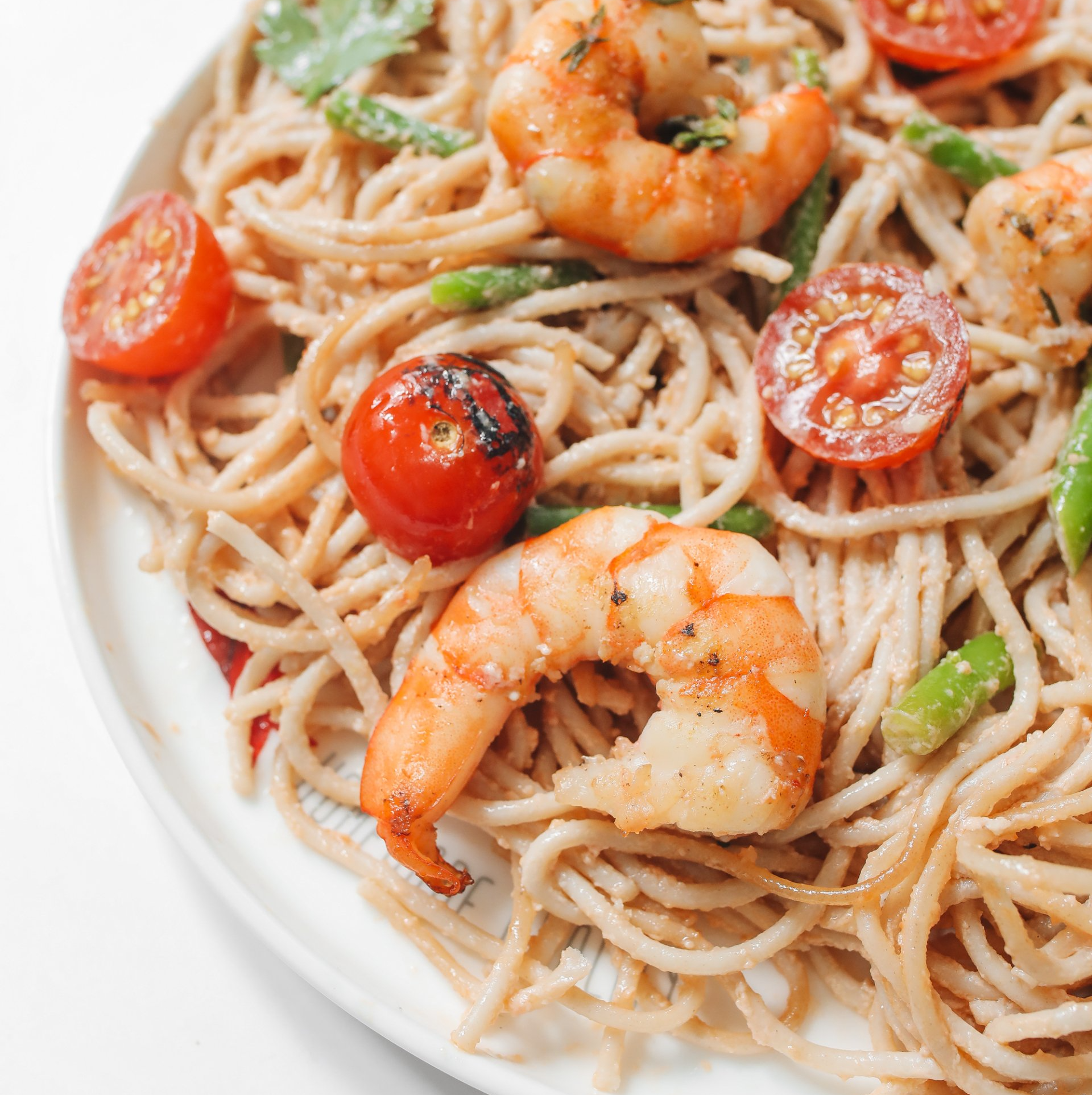
Pasta
Extra virgin olive oil makes a great finishing oil for any pasta. Lightly drizzle over your finished dish before serving!
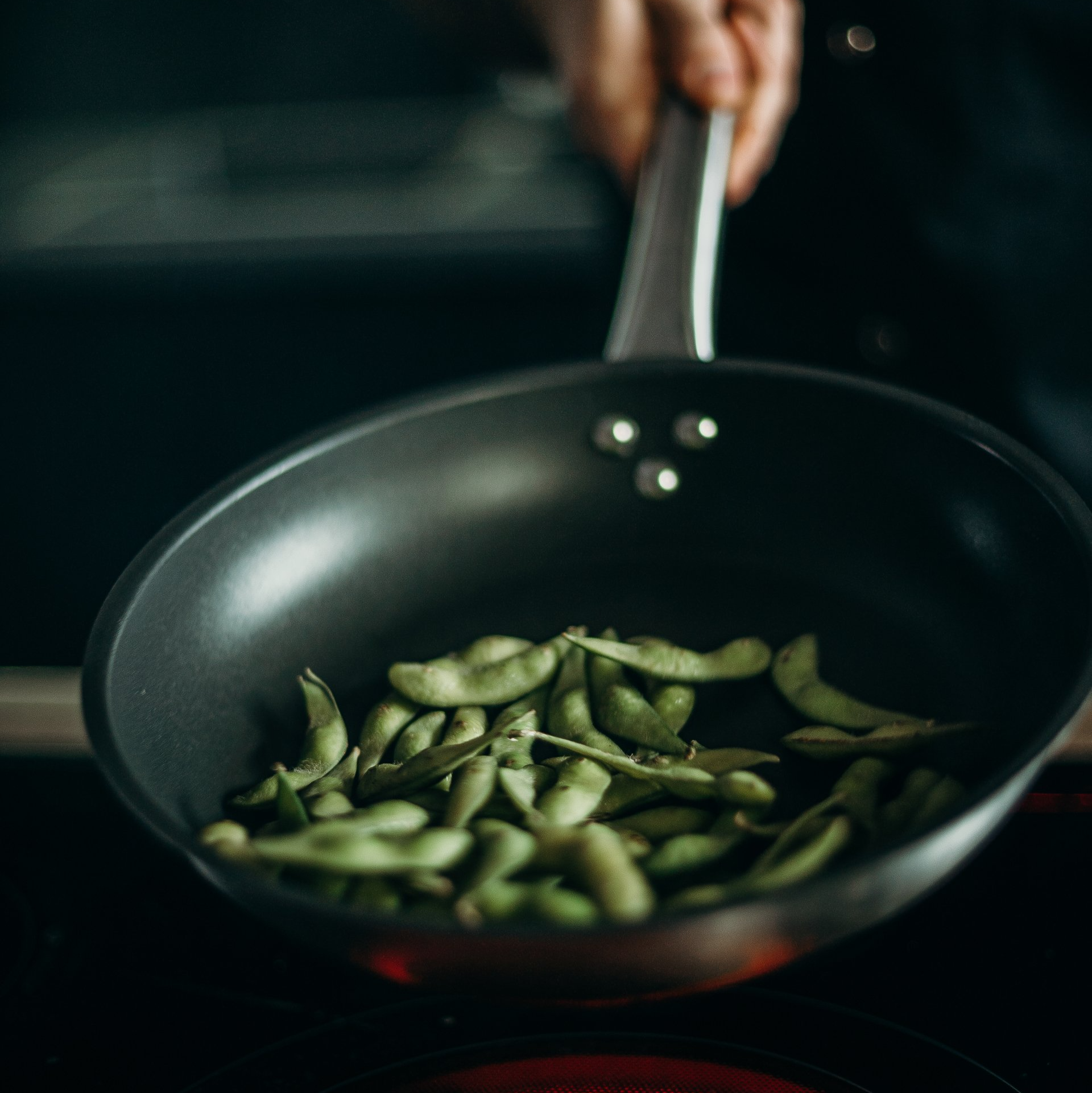
Legumes
The flavor of various legumes is heavily enhanced with a simple dressing of a fruity EVOO and a light balsamic drizzle.
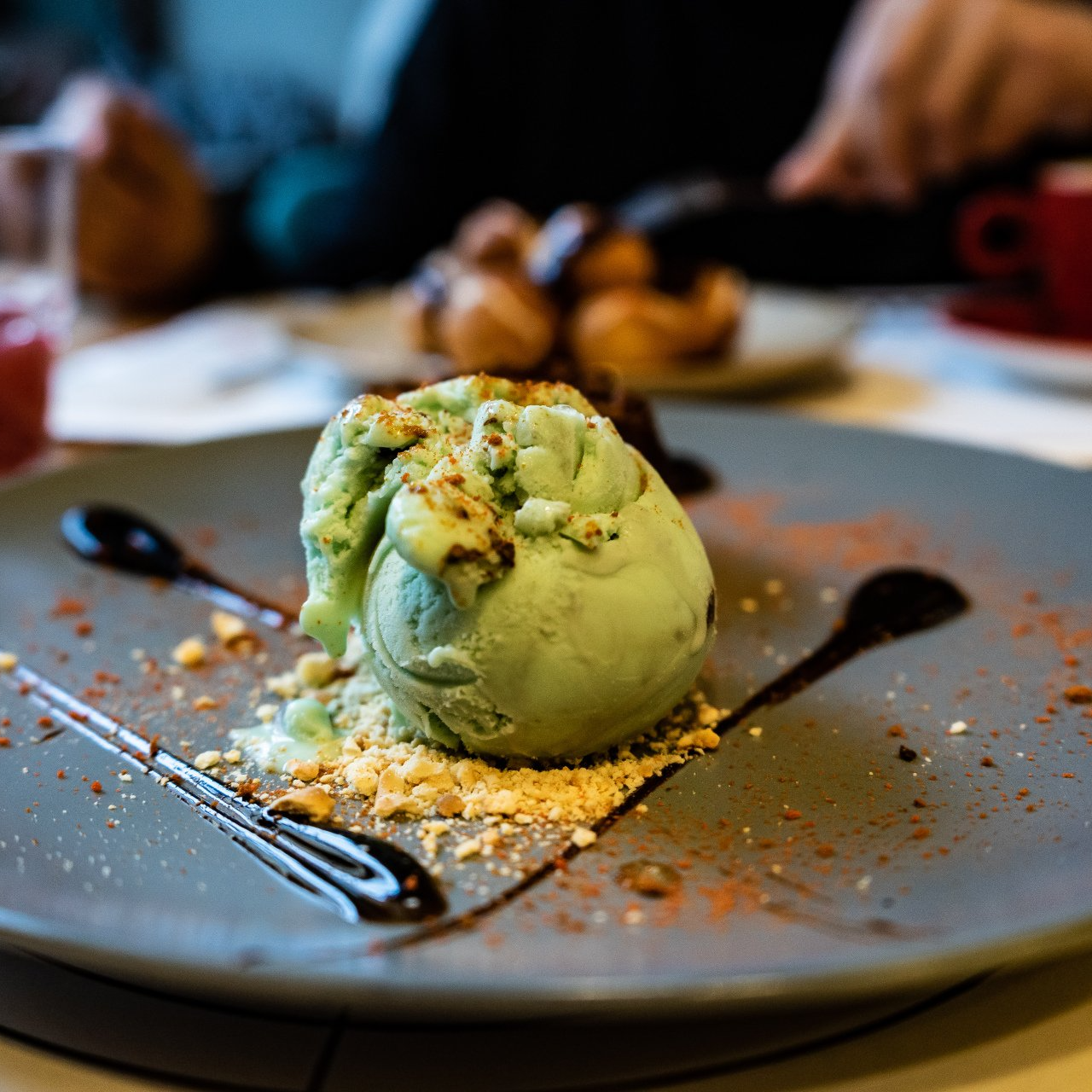
Snacks or Desserts
EVOO pairs quite well with bread which makes a great snack. But you’ll also find people drizzling it on plain white popcorn as a butter replacement. Some will also drizzle olive oil on ice cream!
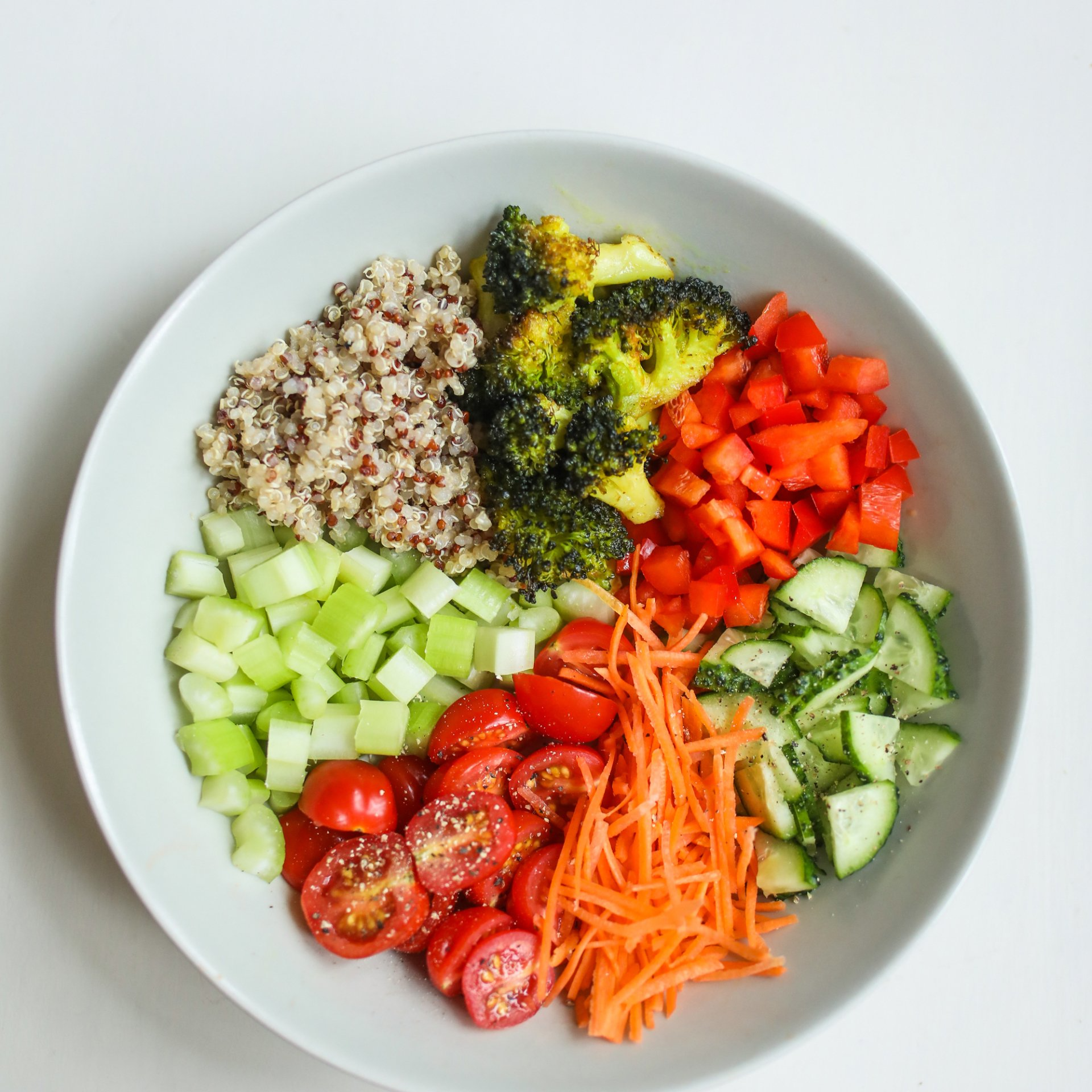
Vegetables
Simply drizzle olive oil on any salad or lightly coat vegetables with it before grilling them to keep them from sticking!

Cocktails
This may sound like an odd combination, but mixologists incorporate olive oil into specialty martinis, Bloody Marys, and some novelty drinks.
Olive Oil FAQ
Do you have any questions about olive oil or extra virgin olive oil (EVOO)? Read up on a number of important olive oil facts below.


